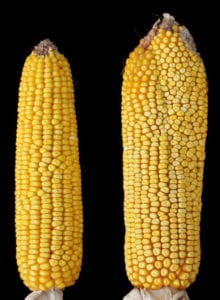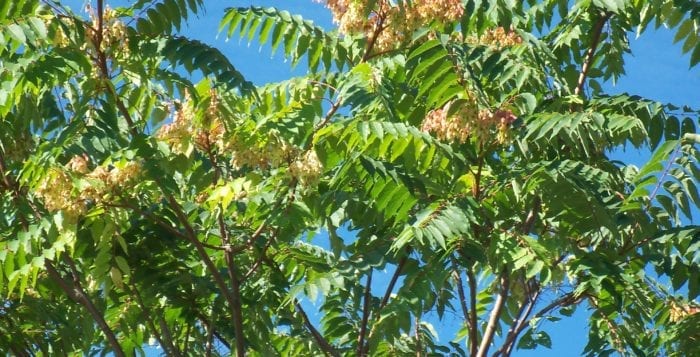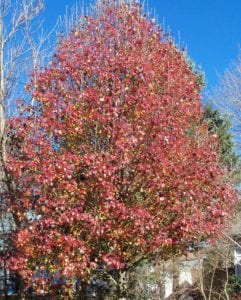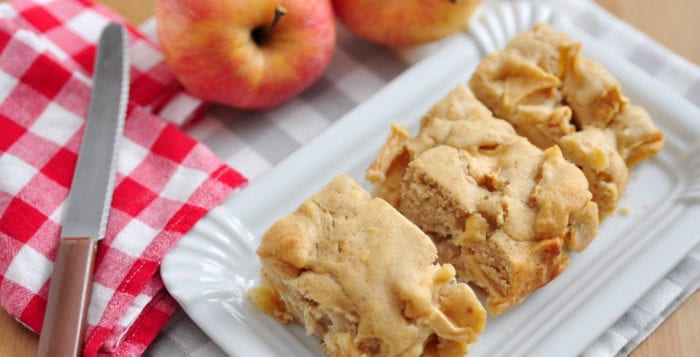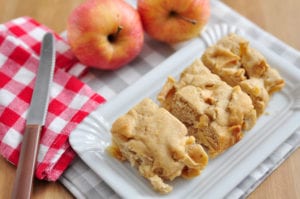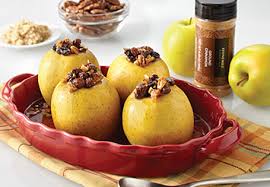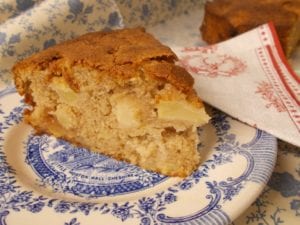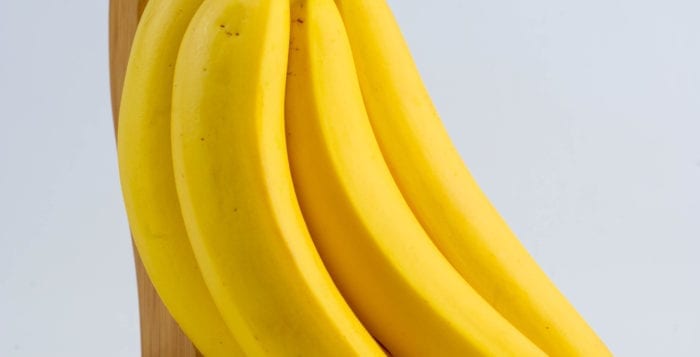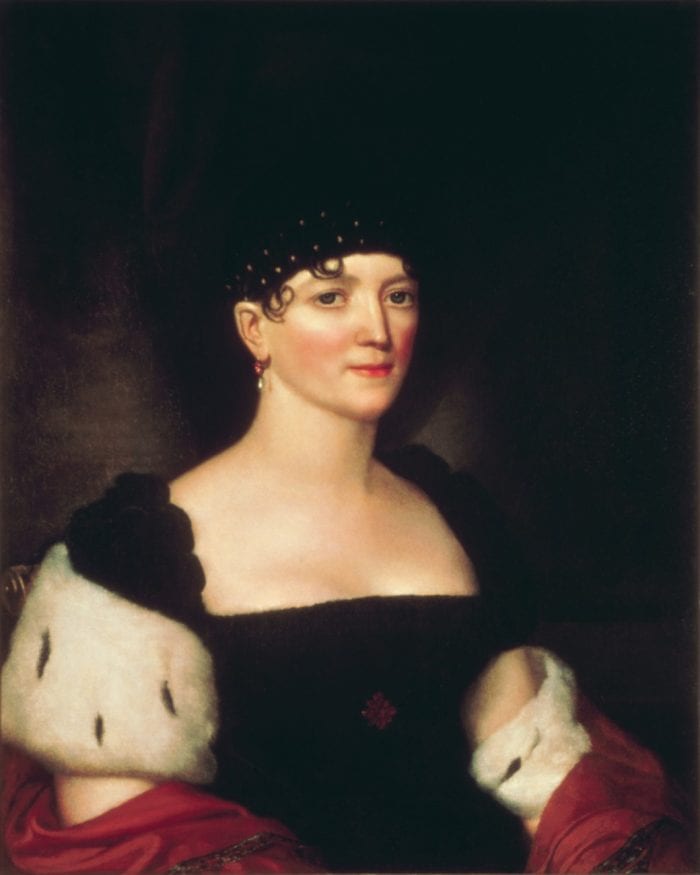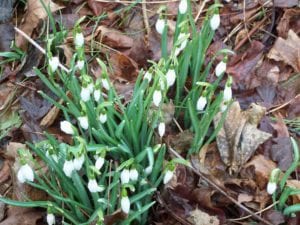By David Dunaief
Chronic kidney disease is on the rise in this country. In a study that looked at data from the National Health and Nutrition Examination Survey, prevalence of chronic kidney disease (CKD) increased more than 30 percent from 1988 to 2004 (1). Earlier-stage (moderate) CKD is no exception and may not be getting enough attention. In this article, we will look beyond the more obvious causes of moderate chronic kidney disease, like diabetes, smoking, aging, obesity and high blood pressure (2).
Why is earlier-stage CKD so important? It is associated with a 40 percent increased risk of developing cardiovascular events, such as heart attacks (3). It also significantly increases the risk of peripheral artery disease (PAD). Those with decreased kidney function have a 24 percent prevalence of PAD, compared to 3.7 percent in those with normal kidney function (4). Of course, it can lead ultimately to end-stage renal (kidney) disease, requiring dialysis and potentially a kidney transplant.
One of the problems with earlier-stage CKD is that it tends to be asymptomatic. However, there are simple tests, such as a basic metabolic panel and a urinalysis, that will indicate whether a patient may have moderate chronic kidney disease.
These indices for kidney function include an estimated glomerular filtration rate (eGFR), creatinine level and protein in the urine. While the other two indices have varying ranges depending on the laboratory used, a patient with an eGFR of 30 to 59 mL/minute/1.73 m2 is considered to have moderate disease. The eGFR and the kidney function are inversely related, meaning as eGFR declines, the more severe the chronic kidney disease.
What can be done to stem earlier-stage CKD, before complications occur? There are several studies that have looked at medications and lifestyle modifications and their impacts on its prevention, treatment and reversal. Let’s look at the evidence.
Medications
Allopurinol is usually thought of as a medication for the prevention of gout. However, in a randomized controlled trial, the gold standard of studies, the results show that allopurinol may help to slow the progression of CKD, defined in this study as an eGFR less than 60 mL/min/1.73 m2 (5).
The group using 100 mg of allopurinol showed significant improvement in eGFR levels (a 1.3 mL/minute per 1.73 m2 increase) compared to the control group (a 3.3 mL/minute per 1.73 m2 decrease) over a two-year period. There were 113 patients involved in this study. The researchers concluded that there was a slow progression of CKD with allopurinol. Allopurinol also decreased cardiovascular risk by 71 percent.
Fibrates are a class of drug usually used to boost HDL (“good”) cholesterol levels and reduce triglyceride levels, another cholesterol marker. Fibrates have gotten negative press for not showing improvement in cardiovascular outcomes.
However, in patients with moderate CKD, a meta-analysis (a group of 10 studies) showed a 30 percent reduction in major cardiovascular events and a 40 percent reduction in the risk of cardiovascular mortality with the use of fibrates (6). This is important, since patients with CKD are mostly likely to die of cardiovascular disease. The authors concluded that fibrates seem to have a much more powerful beneficial effect in CKD patients, as opposed to the general population. So, there may be a role for fibrates after all.
Lifestyle modifications
Fruits and vegetables may play a role in helping patients with CKD. In one study, the results showed that fruits and vegetables work as well as sodium bicarbonate in improving kidney function by reducing metabolic acidosis levels (7). What is the significance of metabolic acidosis? It means that body fluids become acidic and it is associated with chronic kidney disease. The authors concluded that both sodium bicarbonate and a diet including fruits and vegetables were renoprotective, helping to protect the kidneys from further damage in patients with CKD.
Alkali diets are primarily plant-based, although not necessarily vegetarian or vegan-based diets. Animal products tend to cause an acidic environment. The study was one year in duration. However, though the results were impressive, the study was small, with 77 patients.
Sodium rears its ugly head yet again. Red meat is not thought of positively, and animal fat is not far behind. In the Nurses’ Health Study, the results show that animal fat, red meat and salt all negatively impact kidney function (8). The risk of protein in the urine, a potential indicator of CKD, increased by 72 percent in those participants who consumed the highest amounts of animal fat compared to the lowest, and by 51 percent in those who ate red meat at least twice a week. With higher amounts of sodium, there was a 52 percent increased risk of having lower levels of eGFR.
The most interesting part with sodium was that the difference between higher mean consumption and the lower mean consumption was not that large, 2.4 grams compared to 1.7 grams. In other words, the difference between approximately a teaspoon of sodium and three quarters of a teaspoon was responsible for the decrease in kidney function.
In my practice, when CKD patients follow a vegetable-rich, nutrient-dense diet, there are substantial improvements in kidney functioning. For instance, for one patient, his baseline eGFR was 54 mL/min/1.73 m2. After one month of lifestyle modifications, his eGFR improved by 9 points to 63 mL/min/1.73 m2, which is a return to “normal” functioning of the kidney. His kidney functioning after 6 months actually exceeded 90 mL/min/1.73 m2 for eGFR. However, this is an anecdotal story and not a study.
Therefore, it is important to have your kidney function checked with mainstream tests. If the levels are low, you should address the issue through medications and/or lifestyle modifications to manage and reverse earlier-stage CKD. However, lifestyle modifications don’t have the negative side effects of medications. Don’t wait until symptoms and complications occur. In my experience, it is much easier to treat and reverse a disease in its earlier stages, and CKD is no exception.
References:
(1) JAMA. 2007;298:2038-2047. (2) JAMA. 2004;291:844-850. (3) N Engl J Med. 2004;351:1296-1305. (4) Circulation. 2004;109:320–323. (5) Clin J Am Soc Nephrol. 2010 Aug;5:1388-1393. (6) J Am Coll Cardiol. 2012 Nov. 13;60:2061-2071. (7) Clin J Am Soc Nephrol. 2013;8:371-381. (8) Clin J Am Soc Nephrol. 2010; 5:836-843.
Dr. Dunaief is a speaker, author and local lifestyle medicine physician focusing on the integration of medicine, nutrition, fitness and stress management. For further information, visit www.medicalcompassmd.com or consult your personal physician.





